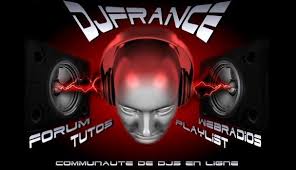🖼️
In a world where digital content is consumed at lightning speed, Non-Fungible Tokens (NFTs) have emerged as a groundbreaking way to own, trade, and authenticate digital assets. From art and music to gaming and real estate, NFTs are reshaping how we think about value and ownership online.
🧠 What Are NFTs?
NFTs are unique digital tokens stored on a blockchain, most commonly Ethereum. Unlike cryptocurrencies such as Bitcoin or Ether, which are interchangeable (fungible), NFTs are non-fungible, meaning each one is distinct and cannot be replaced by another.
Each NFT contains metadata that proves its authenticity, ownership history, and uniqueness. This makes them ideal for representing digital art, collectibles, music, virtual land, and more.
🌍 Real-World Applications
NFTs are more than just digital art. Here’s how they’re being used:
- Digital Art: Artists can sell their work directly to collectors, often with royalties built into the smart contract.
- Gaming: Players own in-game assets like skins, weapons, or characters, which can be traded or sold.
- Virtual Real Estate: Platforms like Decentraland and The Sandbox allow users to buy, sell, and build on virtual land.
- Music & Media: Musicians release albums and exclusive content as NFTs, giving fans direct ownership.
- Identity & Access: NFTs can serve as digital IDs or access passes to events, communities, or exclusive content.
🔗 Explore the NFT Ecosystem
If you’re ready to dive deeper, here are three excellent resources:
- Ethereum.org’s NFT Guide – Learn how NFTs work, their benefits, and how they’re used across the Ethereum ecosystem.
- OpenSea Marketplace – The largest NFT marketplace where you can browse, buy, and sell digital assets.
- Consensys Web3 Tools – Explore blockchain development tools and infrastructure powering NFT innovation.
🔮 The Future of NFTs
As blockchain technology matures, NFTs are expected to become more scalable, energy-efficient, and integrated into everyday life. From ticketing systems to academic credentials, the possibilities are vast.
With the rise of NFT 2.0, we’re seeing dynamic NFTs that can evolve over time, respond to user interaction, and even adapt to real-world events. This opens up new creative and functional horizons for developers, artists, and businesses alike.
